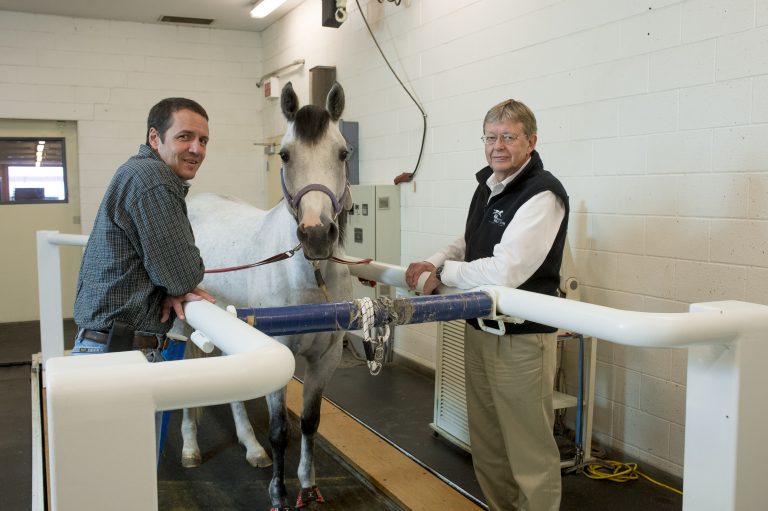
The heart of student learning and discovery takes place in our interdisciplinary research laboratories.
The SBME offers hands-on experience for undergraduate and graduate students to work alongside leading researchers in the field.
The SBME Interdisciplinary Research Areas & Interests are built on strong research programs in the colleges of Engineering, Veterinary Medicine and Biomedical Sciences, Natural Sciences, and Health and Human Sciences. SBME combines strengths in veterinary medicine, engineering, and the sciences to provide an interdisciplinary focus on improving health, fighting disease, and aiding persons with disabilities.
How to Join a Laboratory
Undergraduate and graduate biomedical engineering students at CSU have a wealth of opportunity to work alongside leading researchers in the field. Our research laboratories span four colleges: Walter Scott, Jr. College of Engineering, Veterinary Medicine and Biomedical Sciences, Natural Sciences, and Applied Human Sciences.
To join a campus research lab, we suggest utilizing the following tips:
- Learn more about the SBME Interdisciplinary Research Areas and choose an area of interest.
- Go to the SBME Faculty Directory page and search the directory by research area.
- Go through the list of faculty members in your interest area. Click on their homepage link and review their areas of expertise by reading a few of their papers (at least the abstract and conclusion).
- Choose three faculty members who you find interesting.
- Visit the Research Laboratories page to find the faculty members’ lab link.
- Email the faculty members stating your interest in working in their laboratory. Address how you will bring value to their lab and area of research. Be sure to attach your resume.
- If you do not hear back within 7 days, follow up with a phone call.
For additional assistance, visit the Engineering Success Center on the first floor of the Scott Building.
Initially, you can expect to volunteer in a laboratory. If there is a mutual fit and funding is available, the faculty member may bring you on for pay. If you have attained Work Study, be sure to mention it.
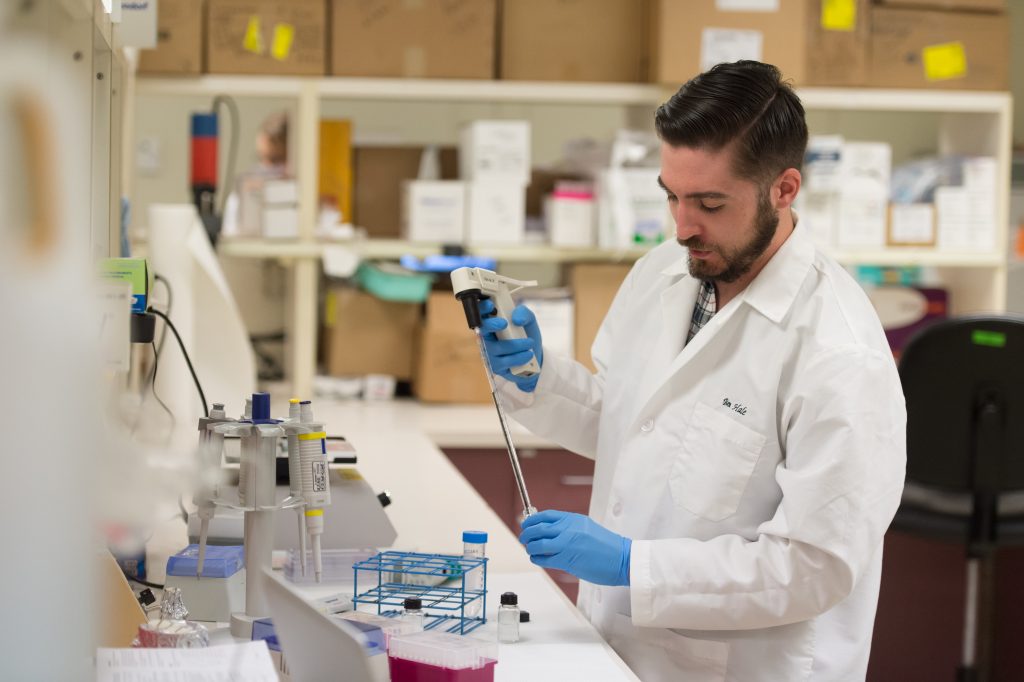
Interdisciplinary Research Labs
Walter Scott, Jr. College of Engineering
Chemical & Biological Engineering
- Dandy Research Group Bioanalytical Microfluidics Program
Professor: David Dandy - The Henry Group
Professor: Charles Henry - Munsky Group
Professor: Brian Munsky - Prasad Lab
Professor: Ashok Prasad - Reardon Group
Professor: Kenneth Reardon - Quantitative and Computational Toxicology Research Group
Professor: Brad Reisfeld - Snow Laboratory
Professor: Chris Snow - Rocky Mountain Magnetic Resonance (RMMR)
Professor: Ted Watson
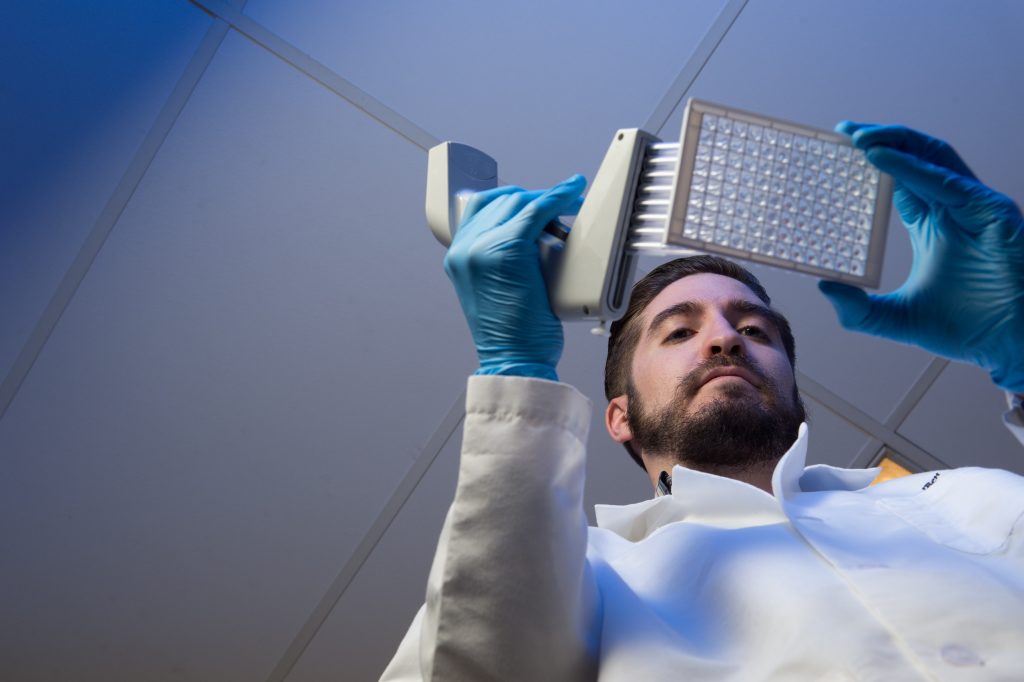
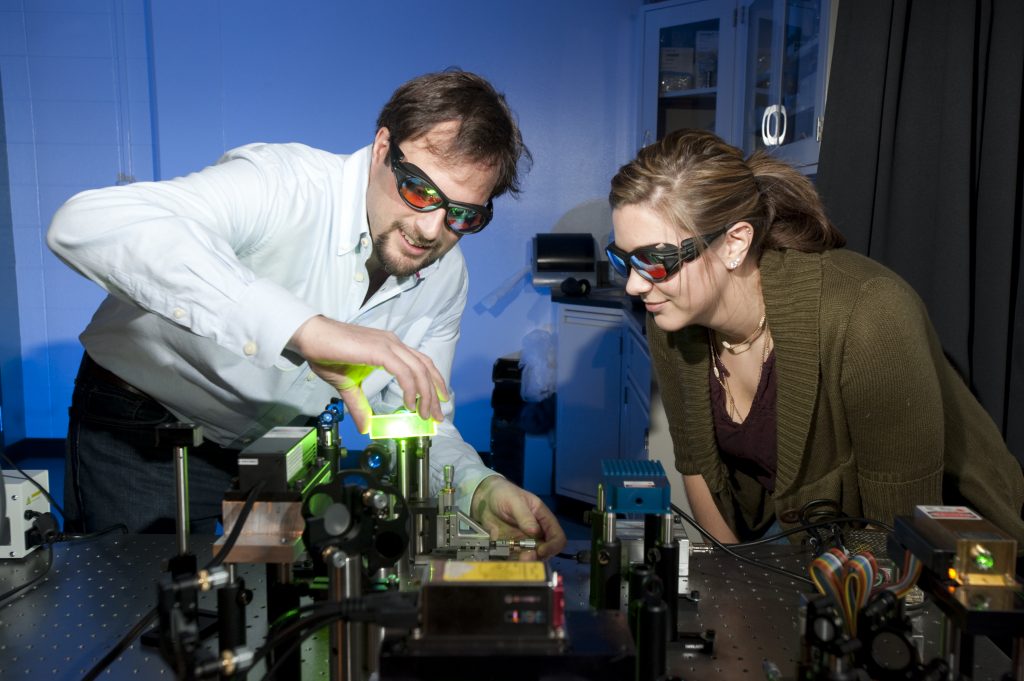
Electrical & Computer Engineering
- Bartels Research Group
Professor: Randy Bartels - Krapf Lab
Professor: Diego Krapf - Optoelectronics Group research Highlights
Professor: Kevin Lear - Engineering Research Center for Extreme Ultraviolet Science and Technology
Professor: Carmen Menoni - Wilson Lab: Signal Processing and Nonlinear Microscopy
Professor: Jesse Wilson
- Cellular Engineering and Mechanobiology Laboratory
Professor: Soham Ghosh - Biomaterials Research and Engineering Laboratory
Professor: Susan James - Orthopaedic Bioengineering Research Laboratory
Professor: Kirk McGilvray - Biomaterials Research and Engineering Laboratory
Professor: David Prawel - Orthopaedic Bioengineering Research Laboratory
Professor: Christian Puttlitz - Center for Energy Development and Health
Professor: John Volckens - Cardio Vascular Biomechanics Laboratory
Professor: Zhijie Wang
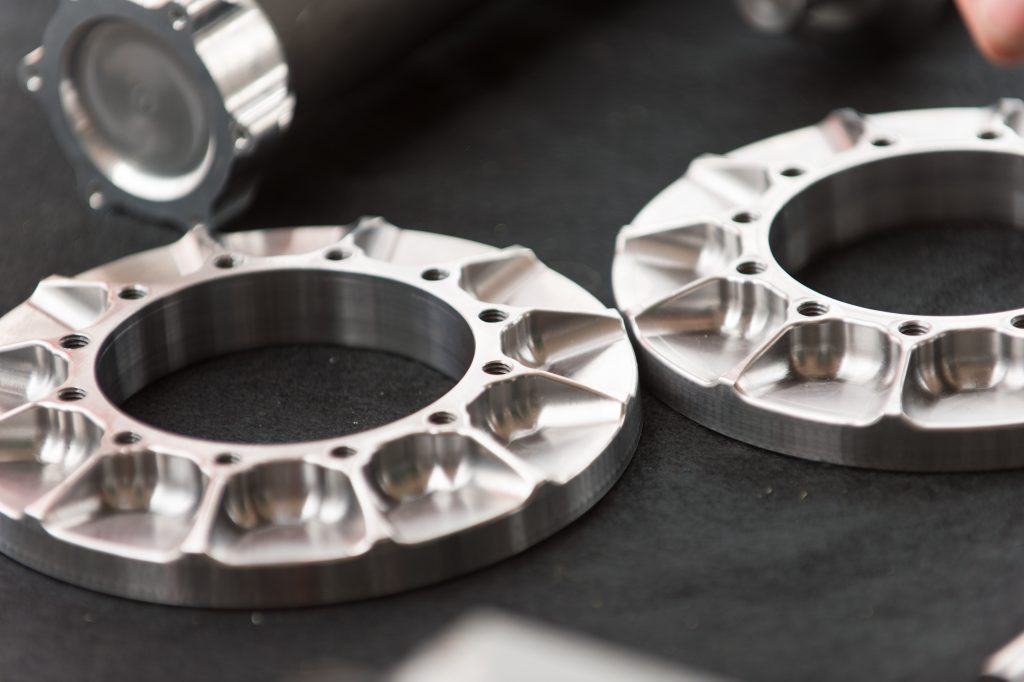
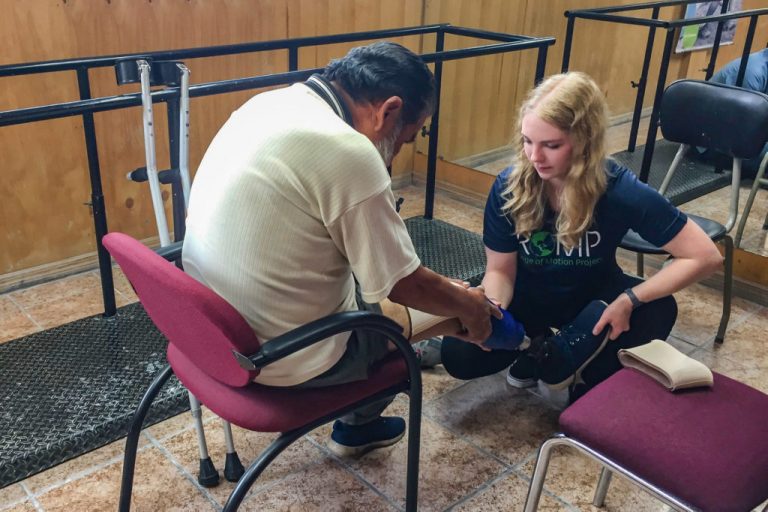
College of Health and Human Sciences
- Human Cardiovascular Physiology Lab
Professor: Frank Dinenno, Health & Exercise Science - Movement Neuroscience and Rehabilitation Laboratory
Professor: Neha Lodha, Health & Exercise Science - Clinical Biomechanics Laboratory
Professor: Raoul Reiser, Health & Exercise Science - Neuromuscular Function Lab
Professor: Brian Tracy, Health & Exercise Science
College of Natural Sciences
- Brain-Computer Interfaces Laboratory
Professor: Chuck Anderson, Computer Science - Neuroscience Research Lab
Professor: James Bamburg, Biochemistry & Molecular Biology - Electrical Impedance Tomography (EIT) Laboratory
Professor: Jennifer Mueller, Mathematics - Therapeutic Materials and Biointerfacial Research Laboratory (TMBR)
Professor: Melissa Reynolds, Chemistry
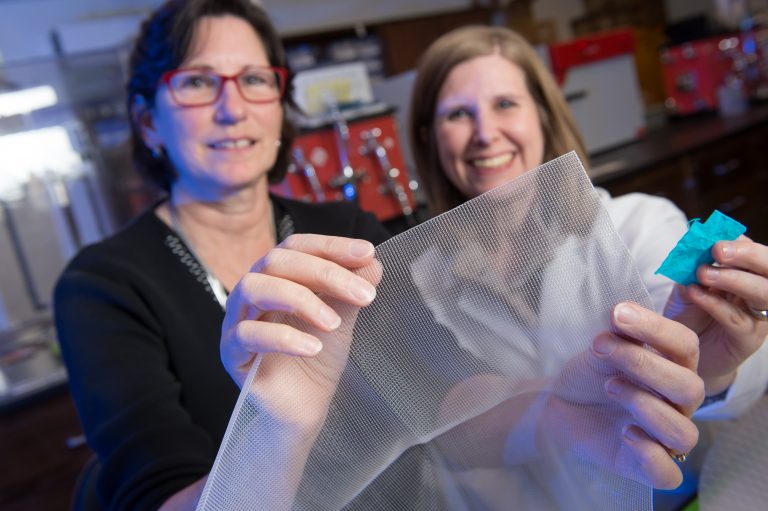
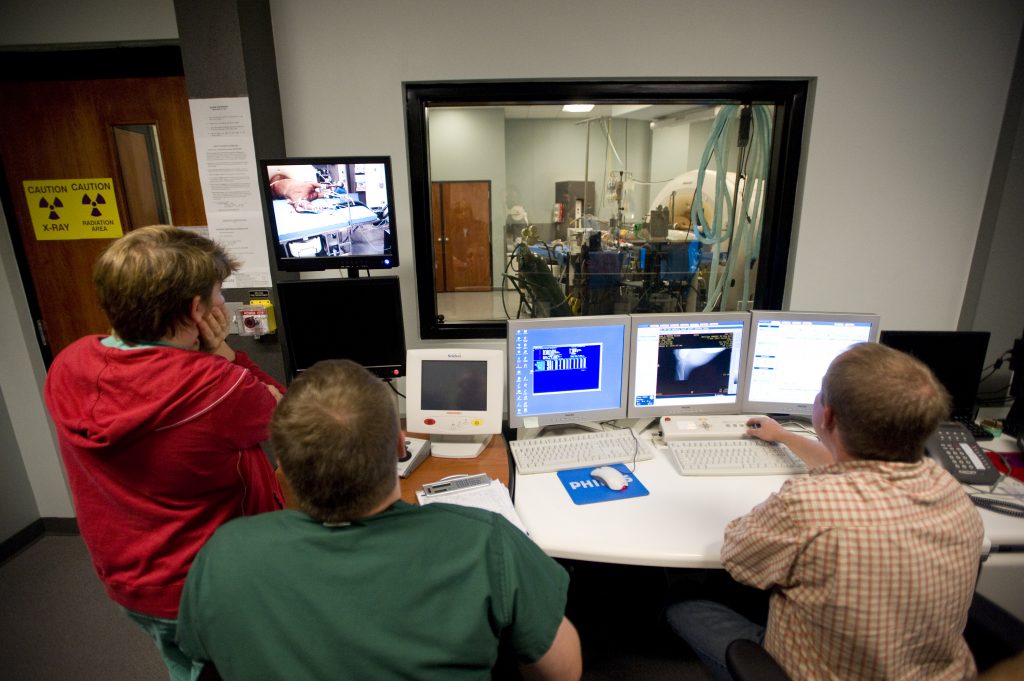
College of Veterinary Medicine & Biomedical Sciences
- Dow Laboratory for Immunotherapy
Professor: Steven Dow; Microbiology, Immunology & Pathology - Laboratory of Comparative Musculoskeletal Oncology and Traumatology
Professor: Nicole Ehrhart, Environmental & Radiological Health Sciences - Translational Medicine Institute
Professor: David Frisbie, Clinical Sciences - The Geiss Laboratory
Professor: Brian Geiss; Microbiology, Immunology & Pathology - Orthopaedic Reseach Center
Professor: C. Wayne McIlwraith, Clinical Sciences - Preclinical Surgical Research Laboratory
Professor: Ross Palmer, Clinical Sciences